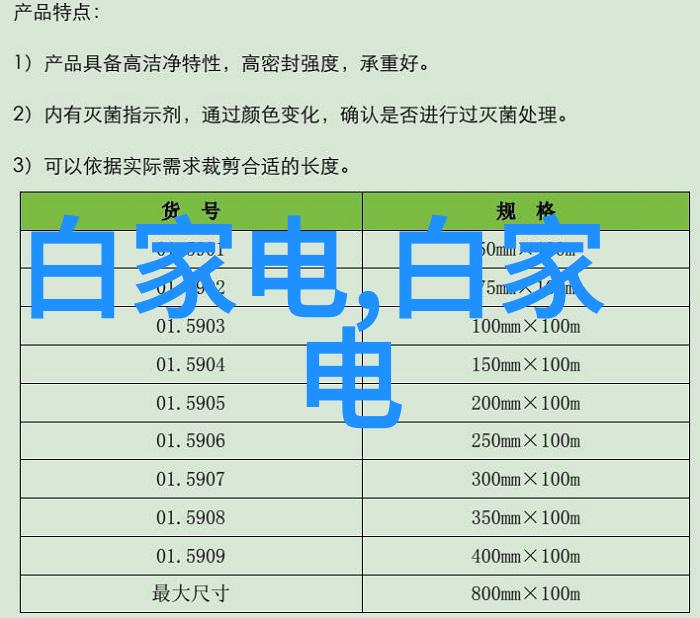规整填料施工技术之争效率与质量平衡
在现代城市建设和基础设施工程中,填土工程是不可或缺的一部分。随着城市化进程的加快,填土需求量日益增加,而乱堆填料和规整填料作为两种常见的填土材料,它们各自有其特点和应用领域,这也引发了关于效率与质量之间平衡问题的讨论。

乱堆填料与规整填料特性
首先,我们需要了解乱堆filld材料和规整filld材料的基本特性。乱堆filld材料通常指的是未经精心排列、杂散无序地进行堆放的filld物质,如砂石、碎石等。这类material不经过严格筛选,不具备良好的层次结构,因此在使用时往往会出现不均匀压实的问题,影响后续建筑物的地基稳定性。此外,由于其形状大小不一,在运输过程中可能占用较多空间,导致运输成本增加。

相比之下,规整filld材料则是一种经过机械筛分后的filld物质,其粒径分布更加均匀,可以更好地满足建筑工程对地基稳定性的要求。在施工过程中,可通过专业设备进行精确控制,以达到最佳压实效果。因此,对于需要承载重载或需保证长期稳定的建筑项目来说,采用规整filld材料显然更为合适。
施工技术之争

那么,在实际施工过程中,当面临资源有限的情况下,我们应该如何选择?这就涉及到一个关键问题:是否应该优先考虑效率,即快速完成任务;还是应该追求质量,即确保最终结果符合标准?
对于一些非核心区域的小规模工程来说,如果时间紧迫且预算有限,那么使用混凝土块或者砖块等可以加速建设速度。而对于那些需要承受极大压力的高标准工程,如高速公路桥梁或者高楼大厦的地基层,则必须使用规整filled materials以保证结构安全。

此外,一些地区由于历史原因存在大量废弃building material可用于再利用,这时候如果能够将这些废弃material重新加工成规整filled materials,将既能减少资源浪费,又能提高construction efficiency,同时还能降低final construction cost。
环境保护视角

从环境保护角度来看,无论是乱堆还是规整,都有其潜在风险。当这些materials被dumped or spread to the environment, they can cause serious ecological disruption and damage. For example, when fill materials are not properly compacted, they may settle unevenly over time, leading to soil erosion and loss of fertile land.
Moreover, if these fill materials are contaminated with hazardous substances such as heavy metals or chemicals during their production process, improper disposal could lead to groundwater pollution and threaten local wildlife habitats. Therefore, in addition to considering the technical aspects of filling operations (e.g., whether it is more efficient to use a certain type of material), we must also take into account the potential environmental impacts of different choices.
In conclusion, while both types of fill materials have their own advantages and disadvantages in terms of efficiency versus quality considerations for construction projects within urban areas under conditions where resources are limited but high standards need be met. The choice between them should be based on a careful evaluation taking into account factors like project requirements specificity needs resource availability budgetary constraints along with environmental protection goals.
Ultimately the selection between using random filled material vs regular filled material will depend upon specific site conditions that dictate engineering demands so long as safety comes first then balance between cost effectiveness eco-friendliness will follow naturally making sure our constructions stand tall strong resilient even beautiful through time.






